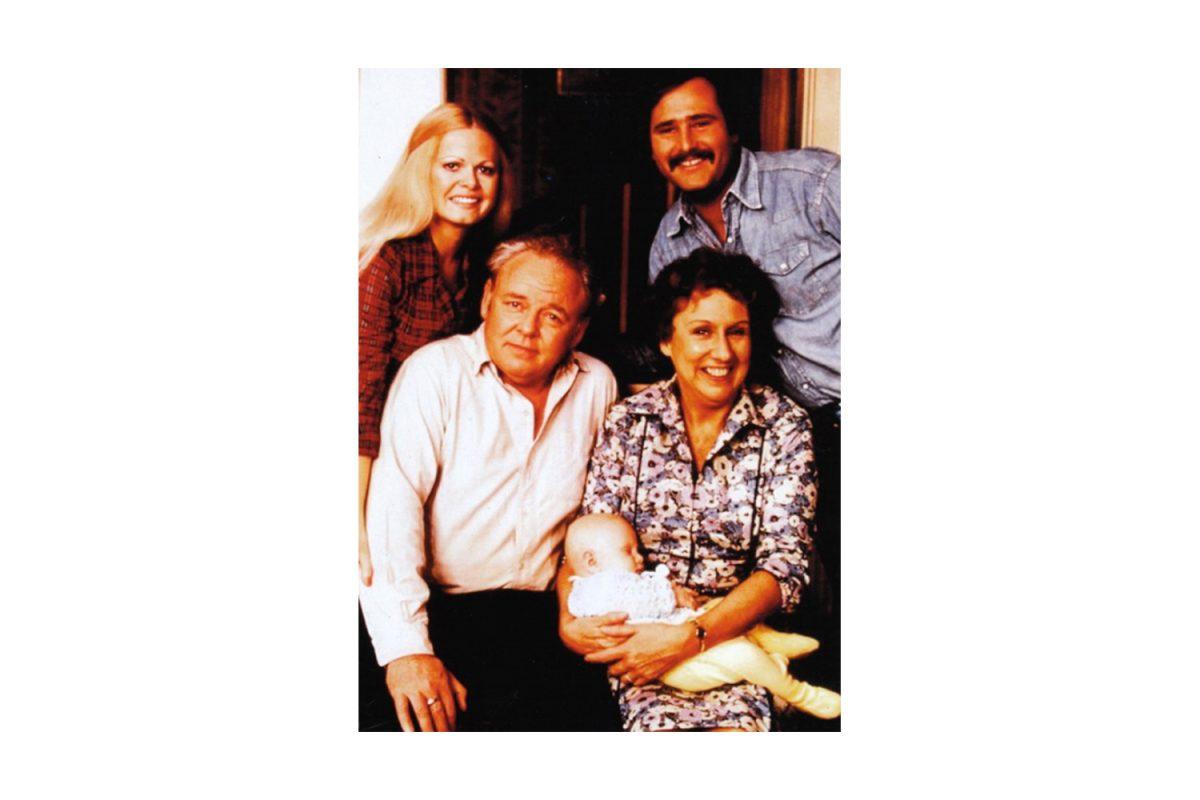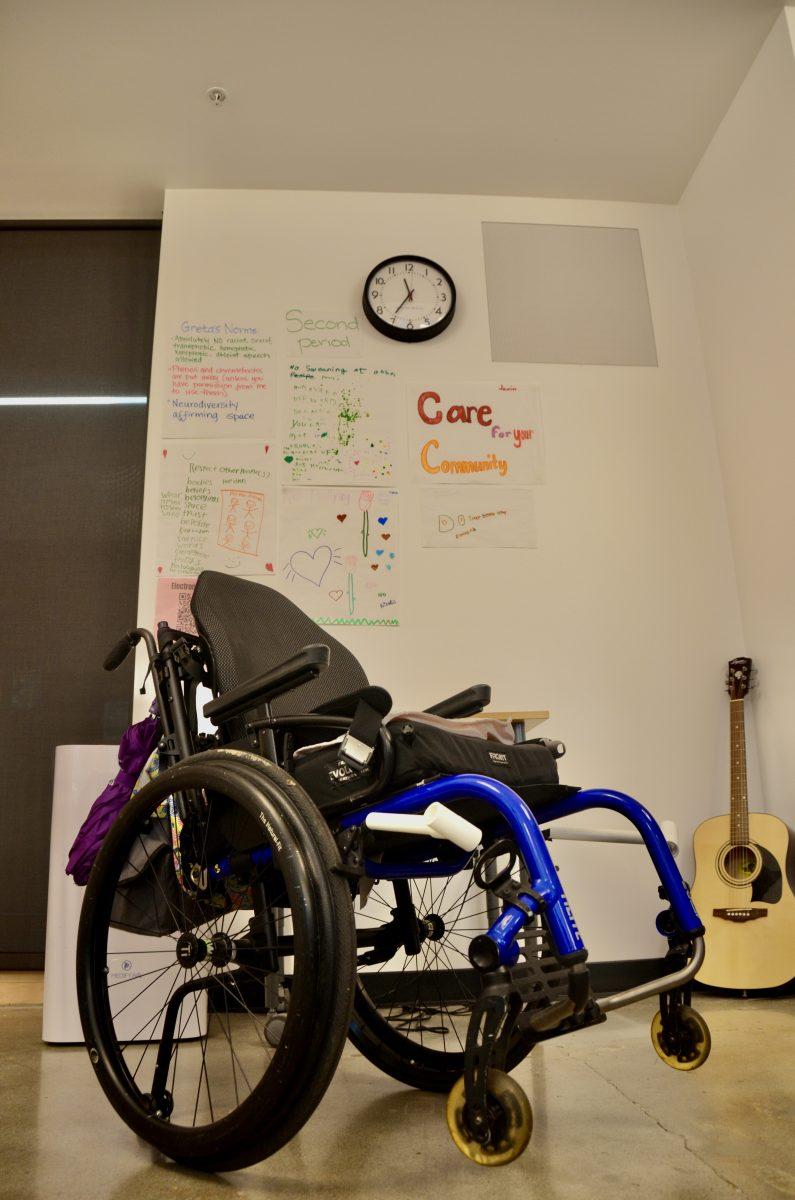 In October 2022, former United States Attorney General Sally Yates’ investigation into the National Women’s Soccer League (NWSL) found that systemic abuse is endemic in the organization. Fifty percent of the NWSL’s head coaches were fired due to misconduct. In her report, Yates claimed that the prevalence of abuse in professional leagues is rooted in the normalization of coaching misconduct in youth soccer.
In October 2022, former United States Attorney General Sally Yates’ investigation into the National Women’s Soccer League (NWSL) found that systemic abuse is endemic in the organization. Fifty percent of the NWSL’s head coaches were fired due to misconduct. In her report, Yates claimed that the prevalence of abuse in professional leagues is rooted in the normalization of coaching misconduct in youth soccer.
Misconduct, manipulation and a lack of boundaries between coaches and players are common within Portland’s youth soccer. This includes coaches forcing players to play through injuries, consistent yelling and instances of inappropriate conduct between coaches and players.
According to Grant High School senior Scarlett Anderson, the harassment she experienced began at eight years old. “We were worked pretty hard for kids that were so young,” she says. This consisted of an unhealthy amount of conditioning, as well as persistent yelling from her coach.
“If we didn’t play well in a game, he would get very angry. I remember at first that kind of scaring me,” she says. “I have a couple memories of when I was on the bench and he would be swearing at the players under his breath, like, ‘This f—–g person,’ or whatever.”
According to Anderson, this coach picked favorites. Team dynamics of competing for the coach’s attention led to a competitive, unsupportive team environment.
Competing for a coach’s attention can lead to a lack of boundaries between coaches and players. An anonymous sophomore says, “If you’re not a favorite, you don’t get playing time. You aren’t on the top team. It makes a culture (where) you have to be the favorite, and you’re more focused on that than you are at playing soccer and being better at soccer. You’re focused on trying to be best friends with a coach, which is pretty weird.”
At United PDX, an elite Portland soccer club, this led to inappropriate conduct between a coach and her players. According to anonymous players, this coach consistently contacted them outside of practice, asked them about their dating lives and hugged players before each practice. “She was inappropriate,” says an anonymous Grant sophomore. “She sent inappropriate texts as a coach.” After two investigations into her misconduct, this coach has been fired.
Verbal abuse from coaches is prevalent within Portland youth soccer. An anonymous Grant sophomore says, “I had a coach who told us that we played like shit, we had to get our shit together. And then (he) left us at halftime. We were nine.”
Many players share this experience. An anonymous Grant sophomore says, “It’s normalized. I think that (players) might think that they’re the only ones that’s experienced this, and start making excuses for the coach, and blame it on themselves.”
Verbal abuse from coaches has forced several young athletes to play through injuries. An anonymous Grant sophomore says that on her competitive club team, “I was in so much pain and on the field. And he would just keep me in, and I was visibly limping … he yelled at me and he was like, ‘You’re being so lazy, why aren’t you running?’”
This player says, “I am injured right now. And I think I would have been able to go back earlier, had he not made me play through it.”
In Portland, coaching misconduct is pervasive. It stretches through multiple clubs, demonstrating a systemic problem within Portland youth soccer.
 The United States Center for SafeSport, the organization that oversees investigations into misconduct in sports, routinely protects alleged misconduct according to Yates’ report. The nonprofit was created by an act of Congress in 2017 in response to sexual abuse in United States Olympic gymnastics. SafeSport’s purpose, according to its website, is “ending abuse in sports.”
The United States Center for SafeSport, the organization that oversees investigations into misconduct in sports, routinely protects alleged misconduct according to Yates’ report. The nonprofit was created by an act of Congress in 2017 in response to sexual abuse in United States Olympic gymnastics. SafeSport’s purpose, according to its website, is “ending abuse in sports.”
SafeSport’s regulations prohibit emotional and physical misconduct. They ban harassment, which is defined as conduct that creates a hostile work environment. “Conduct must be deemed severe, persistent, or pervasive,” SafeSport says. Under this definition, consistent yelling, singling players out and gender-based harassment are prohibited.
SafeSport has not adequately communicated this definition with players. “Most players just see (harassment) as an opportunity to switch clubs,” says Grant senior Violet Holah. She was unaware that SafeSport is a viable resource. The lack of education on what constitutes misconduct and how to report it has previously caused prohibited behavior to go unreported.
When reports of misconduct are made, SafeSport’s procedures regularly protect alleged abusers. “From July 1, 2019, to June 30, 2020,” Yates’ report found, “SafeSport reached a formal resolution in just 8 percent of all the cases it investigated.”
This means that 92% of reports went unresolved, without formal resolutions or sanctions. Even with the small fraction of abuse that is reported, the majority of alleged abusers are not held accountable.
A large factor in SafeSport’s high rate of case dismissals is its lack of employees. “It appears that (SafeSport) does not have the resources necessary to promptly address the volume of complaints it receives,” Yates’ report found. According to the report, the organization employs 30 investigators to cover 11 million athletes. This gross understaffing has previously caused a backlog of cases.
Because of this, SafeSport consistently ends investigations before they reach a formal conclusion. “When SafeSport exercises jurisdiction, in the vast majority of cases, it subsequently ‘administratively closes’ those cases, meaning that it makes no findings, no sanctions are imposed on a respondent, and there is no public record of the allegations,” Yates’ report found.
According to its website, SafeSport may use administrative closure to close a case “as a result of insufficient evidence, a Claimant(s) who elects not to participate in the resolution process, or other factors as determined by the Center.” This means that SafeSport can close cases at its own discretion.
Between June 1, 2020 and Oct. 3, 2022, SafeSport resolved 156 cases involving allegations of sexual misconduct within the U.S. Soccer Federation. One hundred thirty-one of these cases were administratively closed.
“Even if SafeSport issues a Notice of Decision finding a code violation based on serious misconduct,” Yates’ report found, “It can be overturned if the claimant does not wish to participate in the appeal.” In one instance, according to Yates’ report, SafeSport found that a coach had engaged in sexual misconduct with a minor athlete and recommended that he be permanently banned. However, when the claimant requested not to participate in a rehearing, SafeSport withdrew all sanctions and used administrative closure to dismiss the case.
During active investigations, coaches may continue to coach. “Organization(s) cannot issue — in response to those allegations — a suspension or other restriction that may deny or threaten to deny a Respondent’s opportunity to participate in sport,” states the SafeSport Code. This means that though clubs may take safety measures in response to allegations, they may not impose additional protections for athletes.
Grant athletes have experienced these procedures firsthand. Three Grant sophomores, who asked to remain anonymous, witnessed a SafeSport investigation into their club soccer coach. Rather than suspend her during the initial investigation, their coach was supervised. “They had people go to games and sit on the sidelines and watch her,” one player says. They disagree with SafeSport’s methods. “(SafeSport) should just be a little more strict,” they say. “I think it should be a temporary removal because if someone’s there, they can just act different.”
During the first investigation, their coach’s inappropriate conduct with players continued in the form of text messages. It took an entire second investigation for this coach to be fired.
After reports are complete, SafeSport’s sanctions are lenient. For example, when SafeSport found that a youth coach made sexually explicit remarks to high school players, the organization gave him a two-year probation. During his probation, he was allowed to continue coaching high school girls and was named Director of Coaching for an Elite Clubs National League team. Though U.S. Soccer was aware of SafeSport’s findings, the organization did not revoke his coaching license.
The lack of protection for youth athletes has allowed mistreatment to happen repeatedly, creating a culture of misconduct and a lack of accountability within youth soccer.





































